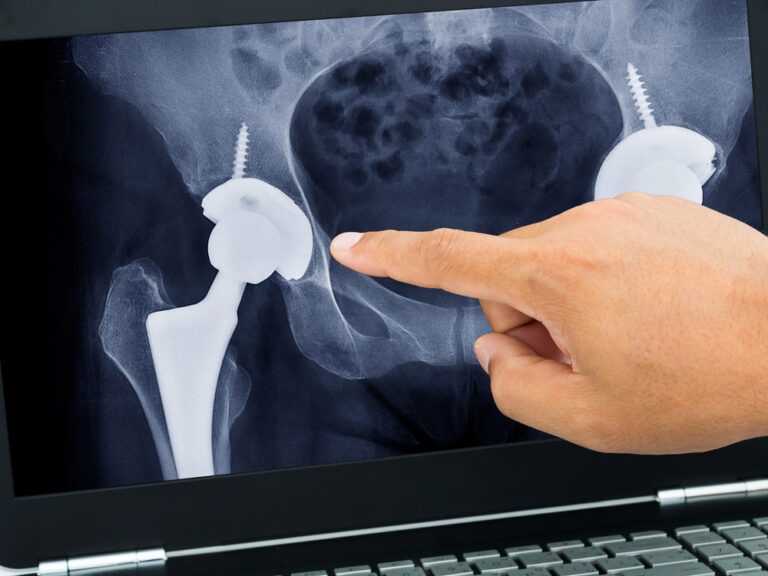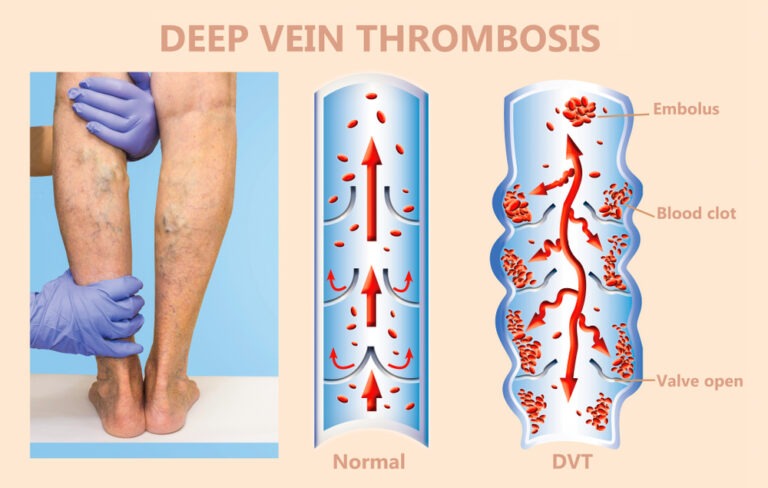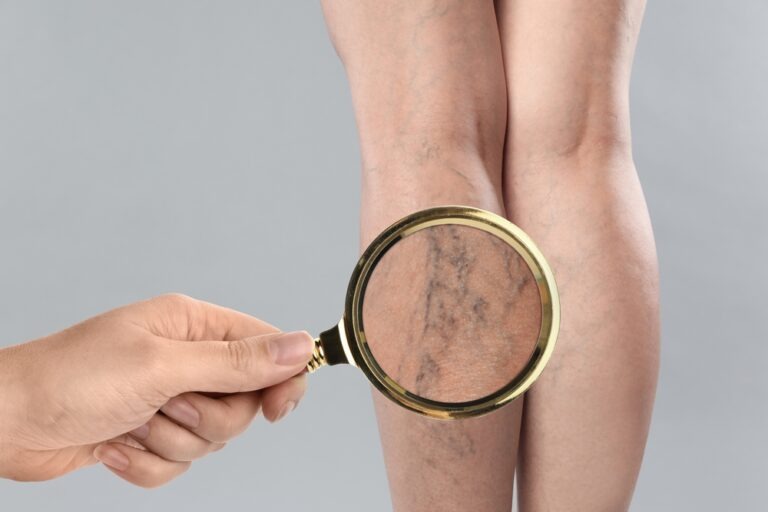As an Amazon Associate. We get small commissions for purchases made through affiliate links in this post at no extra cost to you. More info. Amazon Affiliate Disclaimer

Obesity Vs Overweight – Introduction
Obesity is an excess of fat mass and a change in adipose tissue, Adipocytes or lipocytes, a cell that specializes in fat storage, causing health disadvantages and reducing life expectancy. Its causes are complex. It results from the entanglement of several factors – food, epigenetic genetics and environmental – involved in the development and progression of this chronic disease.
Public health actors have been warning of the harms of obesity and overweight for many years. But what’s the difference between the two? Is being overweight as dangerous to health as obesity?
Overweight Vs Obesity : a BMI issue
Ideally, an individual’s BMI (Body Mass Index) should be between 18.5 and 24.9. This guarantees the best possible health. Overweight is when BMI is between 25 and 29.9: it is not yet obesity, but weight is already considered too high. Finally, as soon as the BMI reaches or exceeds the threshold of 30.
There are several types of obesity depending on its severity: 1st-degree obesity (BMI 30 – 34.9), 2d degree (BMI 35 – 39.9), morbid obesity (BMI 40 – 40.9) and massive obesity (upper BMI 50).
What are the Consequences of Obesity and Overweight?
The greater the excess weight, the greater the health risks. Overweight is thus less dangerous than obesity but already predisposes, in the long term, to type 2 diabetes, atherosclerosis (fat deposit in the arteries), cardiovascular disorders (e.g. myocardial infarction), hypertension, respiratory problems or the onset of certain cancers.
At the obesity complications stage, these risks are greatly amplified! Obesity can be prevented through a healthy and balanced diet (e.g., avoiding dishes that are too sweet and too fatty) and exercising regularly. It is also recommended to get enough sleep and to combat stress, the latter promoting weight gain.
Overweight Vs Obesity-Definition and Difference
Obesity is the result of an imbalance between energy intake and expenditure. This imbalance leads to a build-up of stored reserves in the fatty tissue, causing many complications.
Does obesity affect your health? Obesity complications now affect almost the entire planet, including many emerging countries. According to the World Health Organization (WHO), 39% of adults worldwide are overweight and 13% are obese.
The number of obesity cases has almost tripled since 1975. Associated complications, particularly type 2 diabetes (44% of cases attributable to overweight/obesity), heart disease (23% of attributable cases) and cancers (between 7% and 41% of cases attributable to overweight/obesity by location) result in the death of at least 2.8 million people each year. For example, overweight and obesity complications are recognized as the fifth leading cause of death. Obesity is also responsible for low back pain, plantar fasciitis, and osteoarthritis.
Obesity causes health problems including type 2 diabetes. In the obese person, insulin no longer acts properly and the use of glucose by cells is disrupted (so-called insulin resistance), causing an increase in the concentration of glucose in the blood and hyperglycemia, abnormally high glucose (sugar) in the blood.
Obesity also increases the risk of high blood pressure, atherosclerosis due to inflammation of the arteries, but also dyslipidemia, liver disease (non-alcoholic steatohepatitis), chronic kidney disease. It is also associated with many cancers, especially the breast, uterus or liver.
Complications include respiratory diseases such as sleep apnea syndrome, hypoventilation, hormonal disorders (disruption of menstrual cycles in women) or joint diseases, such as osteoarthritis, due to overloading of bones and joints that are weakened. Obesity is also associated with an increased risk of gastroesophageal reflux, dermatological problems such as fungi or psoriasis, and venous skin insufficiency.
It is also worth noting the psychological and social impact of the disease in a society very focused on the cult of thinness.
Even modest weight loss is metabolically, cardiovascular, respiratory and musculoskeletal. Medications are also often needed on a case-by-case basis to reduce the symptoms.
BMI – How to calculate
The clinical diagnosis of obesity and its complications includes the calculation of body mass index (BMI). It corresponds to the weight (in kg) divided by the square of the body height (cm), a method that remains to this day a simple way to estimate the fat mass of an individual.
BMI is the weight (in kg) divided by the square of the body height (in cm). According to the WHO classification, overweight is when BMI is above 25 and obesity when it is above 30. In children, it is necessary to refer to the growth curves present in the health books.
However, one must remain cautious when reading this table: for the same BMI, the body composition and the distribution of adipose tissue can vary from person to person with varying risks of complications. Besides, some individuals such as top athletes may have a high BMI without excess fat.
Another criterion is also taken into account when estimating whether a patient is obese: waist circumference. Excess fat in the abdominal area (fat around the viscera) is associated with an increased risk of diabetes and cardiovascular disease, but also of certain cancers, regardless of BMI. When the waist circumference is greater than 100 cm in men and 88 cm in women (outside of pregnancy), it is referred to as abdominal obesity.
Obesity – Causes and Risk factors
The origins of obesity are multiple and the factors involved in its development and installation are not all identified yet.
Dietary changes and increased physical inactivity play an undeniable role in the recent emergence of obesity. Increased portion sizes, higher energy density, excess industrial diet, availability of food, and changing food prices are factors that promote excessive caloric consumption. Sedentary and recreational activities such as television or video games, the use of cars and public transport in everyday travel lead to a decrease in physical activity and energy expenditure.
But these factors influencing the energy balance, and therefore nutritional status, are not enough to explain the increase in the frequency of obesity, nor the “inequality” of individuals concerning weight gain: some people gain more weight than others, while they have the same lifestyles.
Genetics
A genetic predisposition to weight gain may account for these differences in individual susceptibility to obesity. An individual is two to eight times more likely to be obese if family members are obese themselves. Several scientific teams have identified many genes involved in weight gain, severe obesity and/or complications of obesity. It should be noted that if each gene has a small role in body mass and composition, the contribution of these genes becomes significant when they interact with external factors such as energy imbalance.
There is also monogenic obesity linked to an abnormality on a single gene as is the case in rare forms of childhood obesity, very early and very severe. The identification of mutations in the leptin/melanocortin genes has advanced their diagnosis and treatments.
The role of the environment, beyond diet and physical activity, seems to be as important as much. The biological clock is being pointed at. It regulates the body’s various functions and metabolism over about 24 hours. Inadequate sleep, irregular meals or night work disrupt this clock and increase the risk of being overweight. But stress, certain drugs, viruses, the composition of the gut microbiota, exposure to pollutants are also likely factors to be incriminated.
Early exposures and events during life are also important, including those that occur before birth or even before gestation. Six prenatal risk factors for obesity were identified: maternal smoking, diabetes or maternal overweight, excessive weight gain during pregnancy, fetal deficit or excess growth, adverse socio-economic environment.
Besides, obesity may be associated with eating disorders with bulimia and hyperphagia, the causes of which are also multifactorial.
Overweight and Obesity – The Role of Science
Epigenetics
More and more research points to the role of epigenetics in obesity. These are chemical changes in DNA, regardless of the genetic code that remains unchanged. They alter gene expression and occur as a result of internal and environmental factors. Some epigenetic marks, sometimes present from birth, are associated with the risk of obesity. By looking for these brands, to what factors they are related to (exposure to certain factors in utero, lifestyle…), epigenetics opens a field of predictive and preventive medicine in obesity.
The Central Nervous System and Biological Clock
Another considerable area of obesity research is to identify the mechanisms that lead the central nervous system, in particular, the hypothalamus, to no longer be able to curb food intake and increase energy expenditure in the face of excess fat. Neuroscience is on the front line here.
Work is also being done on the links between the biological clock (located in the heart of the brain and which controls the cyclical activity of organs over 24 hours) and weight control. Several studies have shown an increased risk of overweight and obesity in cases of disturbances in the biological clock (insufficient or unscheduled sleep, non-regular or late-day meals, night work, etc.) due to abnormal immunity, metabolism, or appetite control.
Research also suggests that the quantity and quality of the power supply may, in turn, promote or disrupt the functioning of this internal clock via nuclear receptors (molecules located in the nuclei of cells, which regulate the expression of genes) sensitive to certain nutrients, or via the gut microbiota.
Obesity and Overweight- What is the Risk?
Obesity significantly degrades the quality of life of an adult individual and can have serious health consequences:
- Increased risk of cardiovascular disease
- A reduction in life expectancy
- An increased risk of developing diabetes, high blood pressure, colon cancer or breast cancer.
How exactly does obesity affect your health? In children and adolescents, overweight and obesity have negative consequences:
- Increased risk of respiratory problems
- A high risk of fractures
- The development of insulin resistance, leading to diabetes;
- An increased risk of osteoarthritis: An obese person as early as adolescence can suffer from osteoarthritis as early as the age of 30.
- Low back pain
- Plantar fasciitis
In both adults and children, being overweight and obese can also lead to depression. Treating overweight and obesity is therefore essential to maintain your health and avoid complications.
Obesity Vs Overweight – The Impact on the Back
Does obesity affect your health? Yes, overweight is associated with various joint pathologies: hip, knee and low back pain. Obesity causes various pathologies, particularly musculoskeletal and joint problems. Weight loss is an essential part of treatment, especially in cases of back pain in overweight people.
The link health problems and the weight is not yet fully understood but, it is known that weight gain is accompanied by a sagging muscle in the back and stomach. Moreover, by gaining volume, the belly moves the center of gravity of the body. The natural arch of the back increases, forming a “hyperlordosis”. This position requires more than usual the muscles and ligaments of the back and the lower back region which can cause pain. Discs between vertebrae which usually act as a shock absorber – can be under exaggerated pressure, wear out more quickly and cause pain.
The intervertebral discs can go so far as to get out of their usual position: this is called a herniated disc. Pain can then radiate down to the bottom of the leg. A study of 2600 people found that being overweight increases the risk of lumbar disc degeneration by 30% and obese people by 79% (4).
Low back pain and Poor body
Overweight people often do not make the connection between obesity and lower back pain. They do not imagine that there is a vicious circle between weight, pain and lack of exercise.
In addition to other obesity-related pathologies (heart failure, HTA, respiratory failure, etc.), overweight is often the cause of joint and muscle pain that further limits mobility and physical activity.
Finally, asthenia and shortness of breath at the slightest effort also play a role in limiting exercise skills.
How can you relieve your back pain
Medication prescribed by your doctor will help you relieve pain, as will wearing a lumbar belt. But we must not lose sight of the fact that the main objective remains weight loss, because, in addition to weighing on the scale, the extra pounds are heavy to carry for your back.
Consult a dietician! You need to first study your eating habits, before building a personalized nutritional program. You’ll start to lose pounds and it will give you enough confidence to resume sports. Swimming will help avoid over-straining the joints and is also a guarantee of weight loss and reduction of lower back pain.
Physical activity: relieving overweight back pain
Soft medicines can provide relief to overweight patients who suffer from back pain. Physiotherapy, osteopathy, chiropractic, acupuncture, balneotherapy… The techniques are varied. Consult your physician to choose the ones that are best for you.
And why not consider additional psychological care? Cognitive and behavioral therapies are effective for many people who want to lose weight.
Increasingly, surgical procedures are being offered to people who are overweight and who are in a clear approach to weight loss. These procedures – the sleeve, for example – improve the condition of the back. This type of surgery is associated with a pre- and post-surgical education program in which much is given to daily physical activity.
Conclusion
Obesity should be treated seriously, especially if complications have started to make themselves noticed.
Apart from the obvious disadvantages that it brings, low back pain, plantar fasciitis, osteoarthritis, and many other health problems may develop and ruin the quality of your life.
We now know how to deal with these so there’s only one step left: Take action!
REFERENCES:
- “Obesity and overweight”. World Health Organization. Archived from the original on 18 December 2008. Retrieved 10 January 2009.
- Pollack A (18 June 2013). “A.M.A. Recognizes Obesity as a Disease”. New York Times.
- “Healthy Weight: Assessing Your Weight: BMI: About BMI for Children and Teens”. Center for disease control and prevention. Retrieved 6 April 2009.
- Basen-Engquist K, Chang M (February 2011). “Obesity and cancer risk: recent review and evidence”
- “Obesity: guidance on the prevention, identification, assessment, and management of overweight and obesity in adults and children” (PDF). National Institute for Health and Clinical Excellence(NICE). National Health Services (NHS). 2006. Retrieved 8 April 2009.
- World Health Organization (WHO) (2000). Technical report series 894: Obesity: Preventing and managing the global epidemic (PDF). Geneva: World Health Organization.Retrieved 10 May 2006.
- “EarthTrends: Nutrition: Calorie supply per capita”. World Resources Institute. Retrieved 18 October 2009.
- Flegal KM, Carroll MD, Ogden CL, Johnson CL (October 2002). “Prevalence and trends in obesity among US adults, 1999–2000″.
- Smith E, Hay P, Campbell L, Trollor JN (September 2011). “A review of the association between obesity and cognitive function across the lifespan: implications for novel approaches to prevention and treatment“. Obesity Reviews (Review).
- Satcher D (2001). The Surgeon General’s Call to Action to Prevent and Decrease Overweight and Obesity. Publications and Reports of the Surgeon General. U.S. Dept. of Health and Human Services, Public Health Service, Office of Surgeon General.
- “WHO urges global action to curtail consumption and health impacts of sugary drinks”. WHO. Retrieved 13 October 2016.
- “Surgery For Back Pain”. Retrieved June 18, 2010.
- Benzel, Edward C.; Steinmetz, Michael P. (2016-09-02). Benzel’s Spine surgery: techniques, complication avoidance, and management. Steinmetz, Michael P., Benzel, Edward C. (Fourth ed.). Saint Louis.
- Church E, Odle T. Diagnosis and treatment of back pain. Radiologic Technology [serial online]. November 2007;79(2):126-204.









